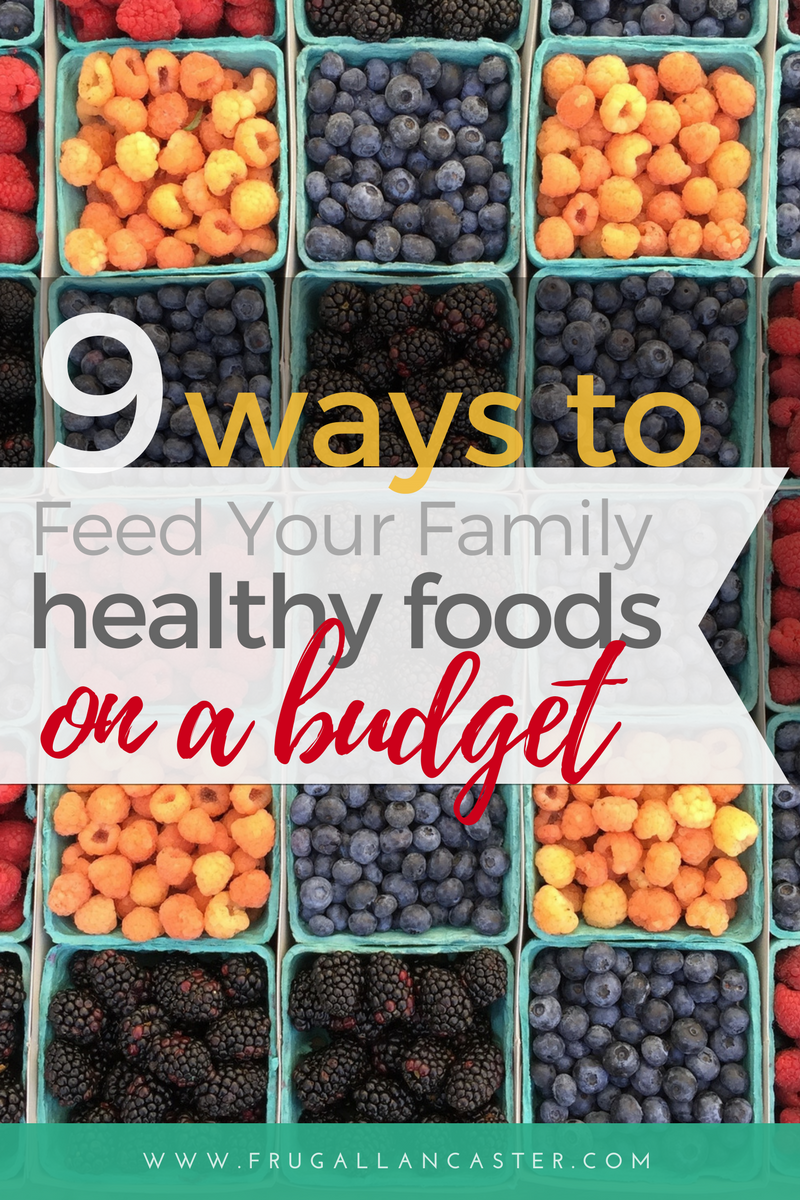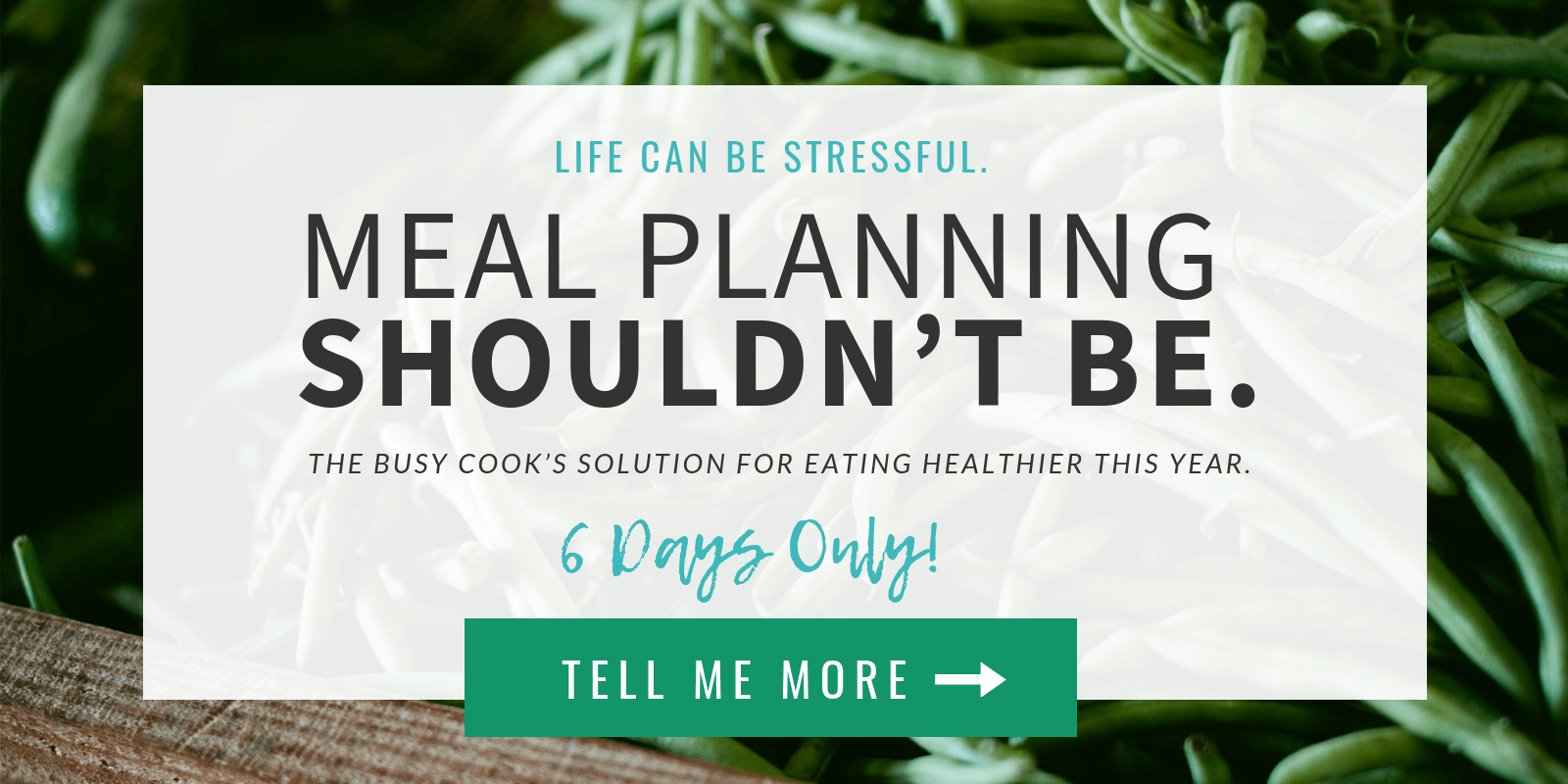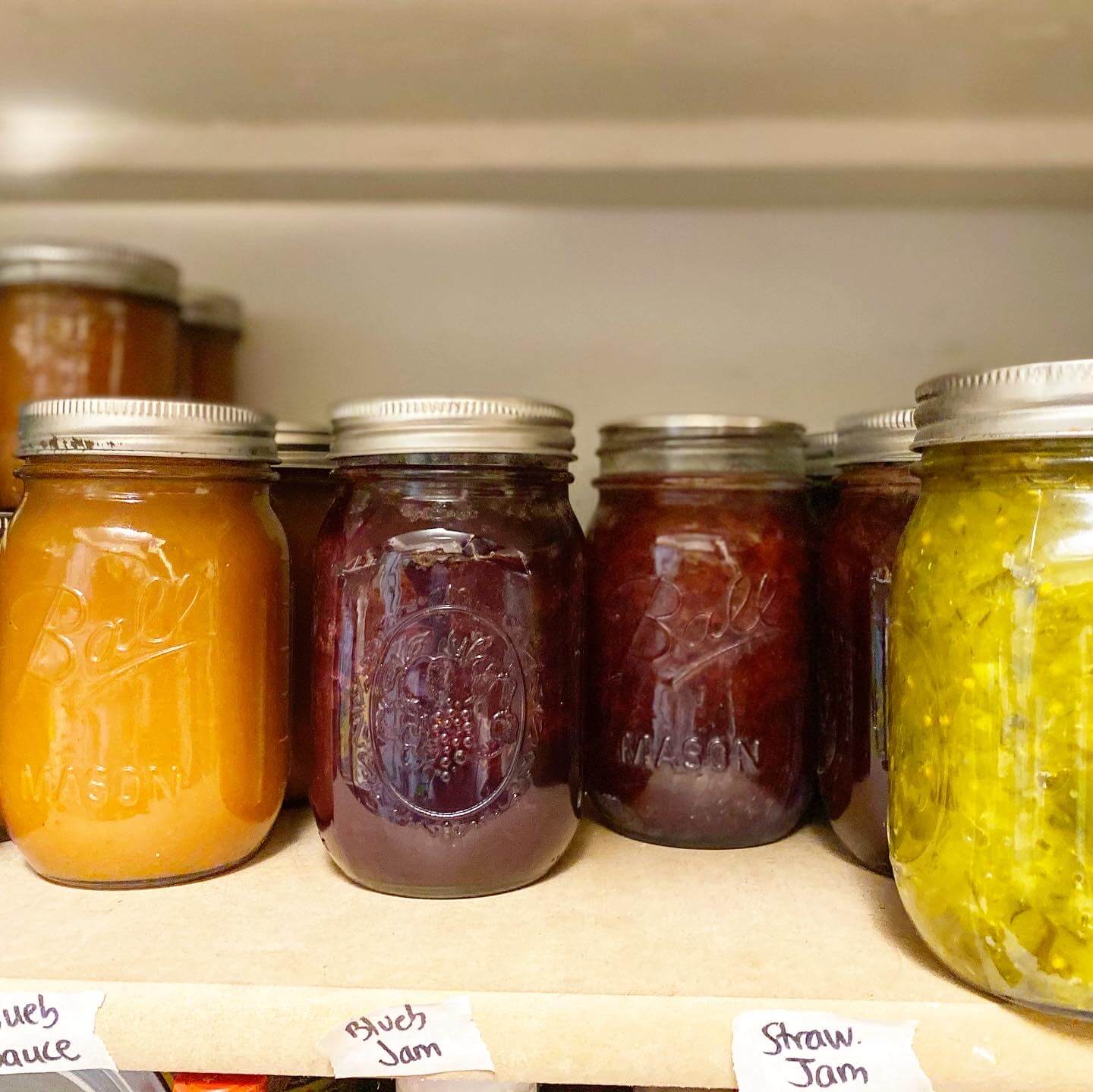Many people think that feeding your family healthy isn’t possible on a tight budget. And I get it! It’s easy to think thats the case when vegetables and fruit are so much more expensive at the grocery store than processed foods and canned goods. However, with a few slight changes in our thinking and shopping habits, it actually is possible to feed your family healthy foods on a budget.

Here are a few tips to get you started feeding your family healthy food options even if you are on a tight budget.
1. Buy Meats in Bulk and Precook them
When I got married my husband always bought 10 pound bags of ground beef (or ground turkey), put it all in a big pot with a little water and browned it all at the same time. Then he’d freeze it in small freezer bags, putting about one pound in each bag—the perfect size for a quick meal. At first it seemed weird to me, but I soon realized how efficient this was. The freezer bags full of precooked meat (sometimes we mixed ground turkey and ground beef to save money), are perfect to use for tacos, sloppy jos, chili or in other soups.
2. Visit your local farm market
Farm markets have fresh produce and sometimes even other foods like breads and cheeses. They also often have discount bins or reduced produce sections that can add up your savings even more! Consider visiting at the end of the day when vendors offer special pricing so they don’t have to take their produce back home with them.
I often find baskets of cucumbers for pickling for $1, or crates of bananas for $2-3 at Green Dragon in Ephrata. I’ve heard that Root’s in Manheim has the same types of deals at the end of the day. Here is a guide to farm markets in Lancaster County.
3. Utilize discount bins
In many supermarkets there is a discount bin for reduced produce. I find the best selections mid-morning, around 9am-10am, depending on the store. Many stores also have discounted bins in their dairy and meat sections too.
Giant, Martin’s Country Market, Garden of Eden Produce, and Yoder’s Markets in New Holland, all have discounted produce areas or shelves.
4. Seek out a produce auction
This is a secret many may not know about, and honestly, it does take a special person to seek these opportunities out. Did you know that there are produce auctions where farmers and growers sell their produce? They sell them to buyers, many of which take the fresh produce to the cities to be sold. Anyone can buy at these auctions, not just wholesalers. So if you are in to canning or freezing large batches of food, this ideal for you! You’ll find great prices on tomatoes, apples, strawberries, zucchini and even flowers and plants.
The main produce auction I know about in Lancaster County is Weaverland Auction, but there are probably others.
5. Roadside Stands
These aren’t hard to find in the summertime if you live in a rural area like Lancaster County. I find the best deals on back roads, where I can often get a dozen sweet corn for $1, or cantaloupes for fifty cents.
6. Buy at Discount Grocery Stores
These stores are becoming so plentiful. They feature discounted grocery items, many of which are soon to expire. I recommend visiting as many of them as you can, maybe visiting one a week. Their merchandise sells quickly and the best deals are often very short, meaning if you see a good price, it will likely only be available for a few days.
Some chains include Aldi and Grocery Outlet, but in Lancaster County we also have tons of local places like Ebenezer, Sharp Shopper, Glennwood Foods, BB’s and Lantz’s.
7. Shop often so you don’t overbuy produce
Produce, especially salads, need to be used quickly. If you live close to a store, farmer’s market or farm stand, consider making a quick stop twice a week. It sounds like a lot, but trust me, if you get in the habit, you can learn what you need, where it is, and be in and out in five minutes or less.
8. Keep a stock pile of frozen produce in your freezer
If shopping often isn’t an option for you for fresh produce, buy bulk in the freezer department for fruits and veggies so you can still eat real foods at the end of the week too.
9. Make your own meals
This is a given if you are using fresh foods, and might take some time getting used to—especially if you are used to packaged foods or frozen meals, but you will save a lot of money! Most of the meals we eat cost less than $5 each. Its not always easy for me to make fresh, healthy meals, so I find ways to make it easier by making double or triple batches of meals and freezing them, or by having a freezer meal prep day once a month. I’ve also done a batch cooking day of the same meal and then swapped with 4-5 other moms. We often eat very simple lunches of fresh veggies with hummus and meats, cheeses and crackers.
10. BONUS >> Meal Plan!
Planning your meals for the week (or month) is proven to cut your budget and helps you know that you are in fact feeding your family healthy. Until Monday, January 7, 2019, you can get a special offer to help you with your healthy meal planning!
It’s a bundle of meal plans and resources that includes
- 1,072 recipes across 12 categories
- 203 dessert and beverage recipes
- 30+ ready-to-use meal plans with shopping lists and prep notes,
- 5 ecourses
- 5 ebooks
- 4 printable packs
- and workbooks!!!

I have a copy that I’ve been using this week and I absolutely love it! Get yours here. Meal planning really shouldn’t be stressful, but a helpful tool to keep your time free for the things you want to do!
It might take some time to switch your family to eating real foods, so be patient. It is ok to go slow. As you start making your own meals you’ll see how much money you are saving and likely get excited about how cheap the meal is! I’ve been known to add up the cost of the ingredients for a meal while we are eating it, and then talk with the family about how much it cost per person.








